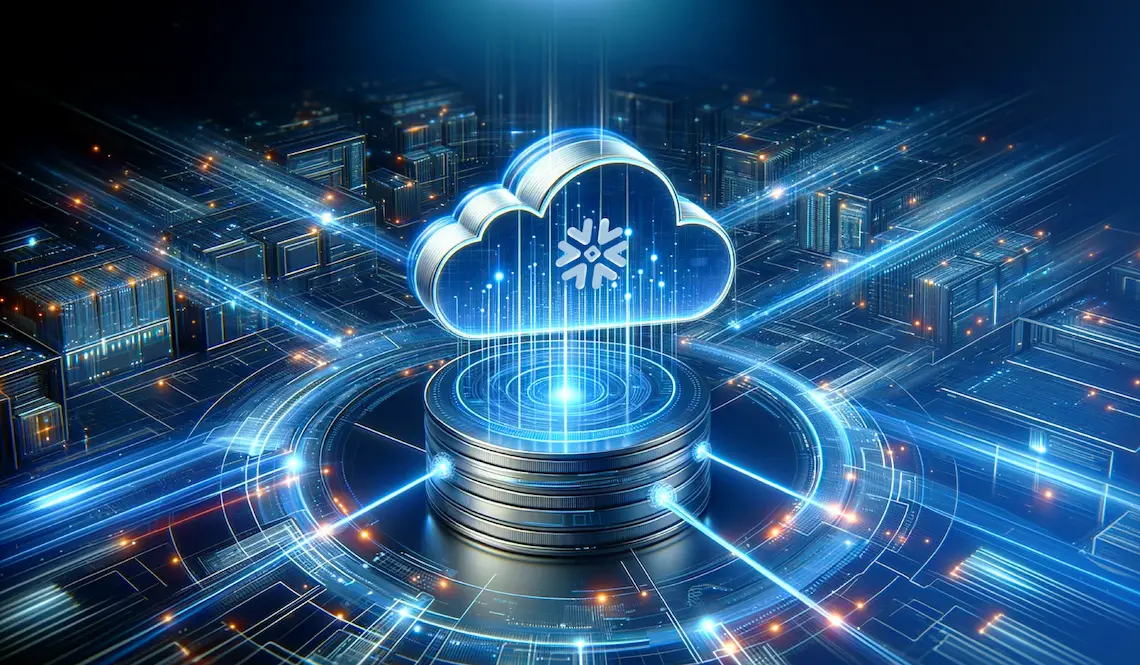In my last two posts I shared a recap of how LatentView was founded and a look back at trends in data analytics over the past decade, both in honor of our ten-year anniversary, celebrated last month. To conclude this “mini-series”, I’d now like to take a look at what’s to come. With the amount of advancement we’ve seen in the past ten years, it’s exciting to think about what the coming decade could hold in terms of growing trends in the analytics space.
Embracing Artificial Intelligence
Today’s analytics space is at an interesting point in terms of how data is collected and used. A growing trend in analytics relates to the adoption of artificial intelligence (AI) and how automation can potentially change the way businesses build intelligent systems. AI as a concept has been around for more than 20 years, so it’s not particularly new. That said, we’ve recently seen a growing number of examples of how businesses are harnessing AI and what that means for data production and use. For example, the financial industry already has robot advisors who can provide input on customers’ financial portfolios, without the use of expensive humans. Using robots in this way also brings in more consistency in advice than could be achieved with humans.
Following this trend, I predict that we’ll start to see the role of automated systems and intelligence systems becoming more prominent in many services industries. This is not to say humans will go away or be out of jobs, just that they will migrate up the pyramid and get to the point where their judgment and ability to learn new traits are what sets them apart. There is huge opportunity for intelligent machines going forward, not only in financial services but across industries. This plays into the concept of connected devices as well. The future of data will consist not only of devices with intelligence embedded into them, but more broadly the intelligence of an entire ecosystem. This has huge implications for analytics and how it’s used to glean data, inform and advance businesses.
The Wonder of Wearables
The growing popularity of wearables is also likely to change how much data manufacturers have about how we use their products, as well as how they collect that data and what they do with it. Products like the Apple Watch deliver specific data about the wearer back to the manufacturer – things like activity level, daily meeting schedule, etc. This information lets manufacturers eventually define and create new devices, products and services. These new innovations will permanently impact the development of new products and services and change the way analytics is applied in everyday life. Clothes are already starting to come out with chips embedded in them to help assess athletic performance and give advice on how to improve. For example, running clothes might include chips that advise on a change in gait or breathing. We’re already seeing this start to happen, and it will only evolve further. The development of the wearables space has huge implications for future trends in data analytics.
Hurdles and Challenges
While the future of analytics is certainly an exciting and promising one, it doesn’t come without its challenges. One of the biggest challenges in the space continues to be the availability of talent, specifically in the area of leadership. While there are many new graduates in this area, there is still a talent gap in the leadership realm. The industry lacks a sufficient number of people who can create and shape new ideas – the new graduates show promise, but they simply don’t yet have the experience or confidence to define new opportunities and go after them. This leadership gap is a global challenge. The limiting factor for many businesses in their ability to scale is finding those ideas that give them the next wave of growth. They need to constantly keep innovating and coming up with new ways to put leadership between them and the competition.
There’s no question that we’re at an exciting time for the analytics industry. There have been tremendous advancements in the space – and at LatentView – over the past ten years, and the future holds great opportunity. We look forward to seeing what trends in analytics will emerge as our world becomes increasingly connected, and we hope you’ll join us for the ride.





